Best Canon lenses 2022: 23 top lenses for Canon DSLRs
Get the best lenses for your Canon DSLR
When you're using a full-frame Canon EOS camera such as the EOS 5DS and 5DS R, with their 50.6MP image sensors, the lenses you use with it need to be super sharp. even cameras like the Canon EOS 5D Mark IV and the Canon EOS 6D Mark II have fairly high megapixel counts, at 30.4MP and 26.2MP respectively. However, there's more to a good lens than simply its ability to resolve fine detail.
You also need to think about how the lens handles. Fast and accurate autofocusing is of high importance, helping you to catch those once-in-a-lifetime moments which could be anything from a fleeting expression in portraiture to a split-second record-breaking moment in action, sports and wildlife photography. If you need to shoot handheld, effective image stabilization is key.
Even image quality is about much more than sharpness. You also want good contrast, minimal distortion and color fringing, resistance to ghosting and flare and reasonably low vignetting (darkened image colors). Various aspects of image quality can sometimes be corrected in-camera – or even in post-processing – but getting it right via the lens in the first place is always preferred.
Other facets of image quality are harder to quantify, like ‘bokeh’ (the attractiveness of defocused areas within images). It’s a critical aspect of performance for ‘fast’ lenses that enable a tight depth of field, as well as enabling you to retain moderate shutter speeds even under dull lighting without the need to really push your camera’s ISO setting.
Unlike with the systems of some other manufacturers, including Nikon and Sony, you can’t mount a lens that’s designed for a Canon APS-C format body on a full-frame camera
Canon's lenses differ a little from some other manufacturers – including Nikon and Sony – in that you can't mount a lens designed for Canon APS-C format bodies on a full-frame camera. Forget about shooting in 'crop mode' – you'll need to invest in the right type of lenses, which is something to think about if you're upgrading from APS-C to full-frame. Where Canon, Sigma and Tamron classify their APS-C format lenses as EF-S, DC and Di-II respectively, you’ll need Canon EF, Sigma DG or Tamron Di lenses for a full-frame body.
As with the APS-C offerings, it’s not always be the case that Canon lenses do better than competitors from third-party manufacturers such as Tamron and Sigma. Indeed, Sigma in particular has been really upping its game in recent years, with some spectacular Art and Sports lenses that deliver fabulous image quality and all-round performance at comparatively affordable prices.
Based on our extensive lab tests and ‘real-world’ testing, here are best-buy recommendations in a wide range of popular categories, as well as some great-value alternatives to suit tighter budgets.

Best Canon lenses for full-frame DSLRs in 2022:
Why you can trust TechRadar
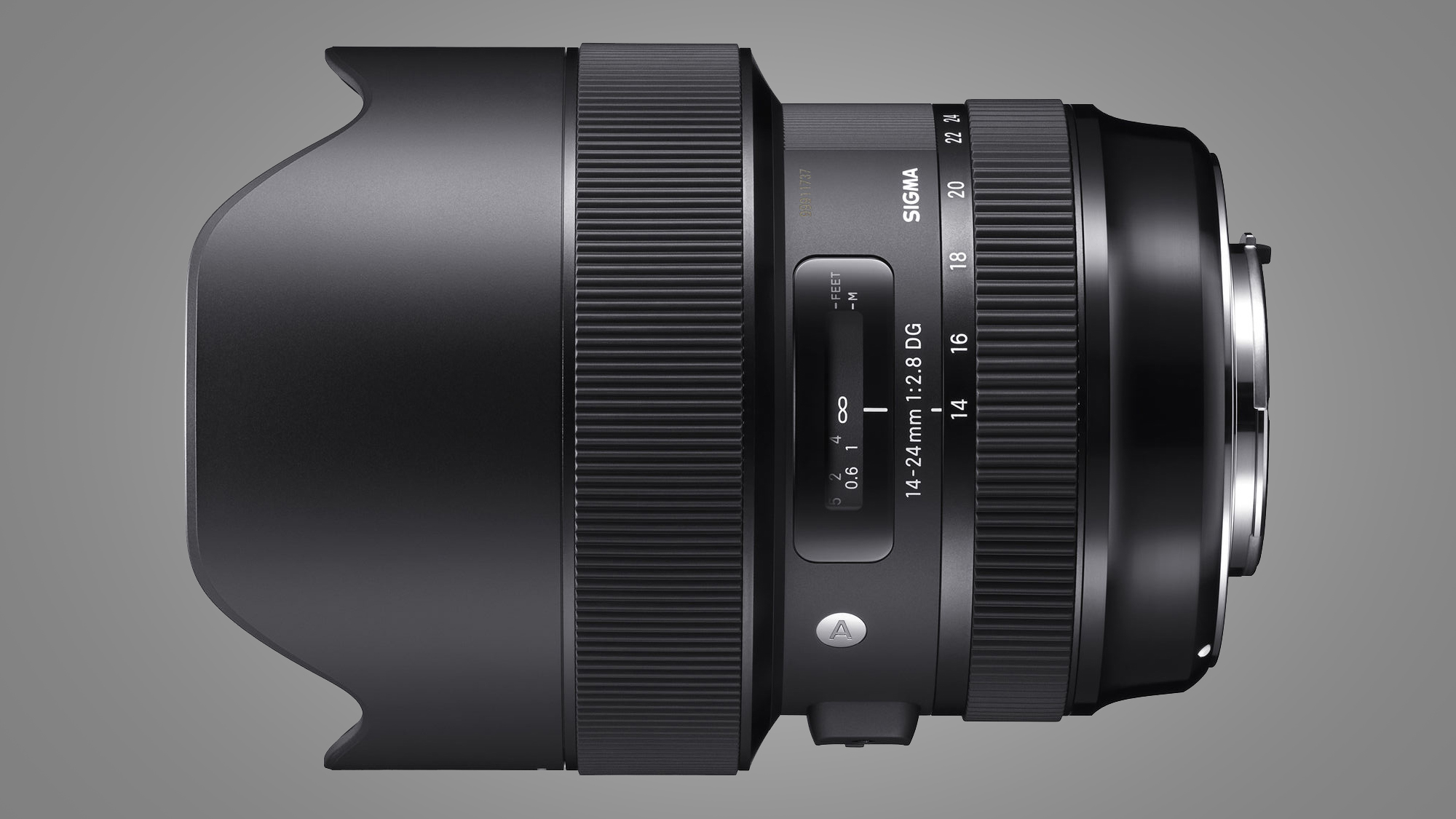
Wide-angle zoom: Sigma 14-24mm f/2.8 DG HSM | A
Specifications
Reasons to buy
Reasons to avoid
For taking wide-angle perspectives to the extreme in a zoom lens, there’s no beating Canon’s own EF 11-24mm f/4L USM, but it’s fearfully expensive to buy. Sigma’s 12-24mm f/4 Art lens runs it a close second, but the 14-24mm qualifies more as a ‘trinity’ zoom, with a more modest maximum viewing angle combined with a faster f/2.8 constant aperture rating. As such, we feel it’s the perfect compromise.
As with most ultra-wide zoom lenses, the hood is integral to offer physical protection to the protruding front element. A downside is that filters are tricky to use, unless you invest in something like the Lee Filters SW150 Mark II system. The optical path is of the highest order, with ultra-high-precision moulded glass aspherical elements, three FLD (‘Fluorite’ Low Dispersion) and three SLD (Special Low Dispersion) elements. The pro-grade construction includes comprehensive weather-seals, and image quality is fabulous in all respects, particularly in terms of sharpness across the entire image frame and an almost complete lack of distortion.
Great-value option: Tamron SP 15-30mm f/2.8 Di VC USD G2
It’s no cheaper to buy than the Sigma, isn’t quite as sharp towards the edges and corners of the frame, and has more noticeable distortion. However, it’s a top-value buy if you want a wide-angle lens with optical stabilization.

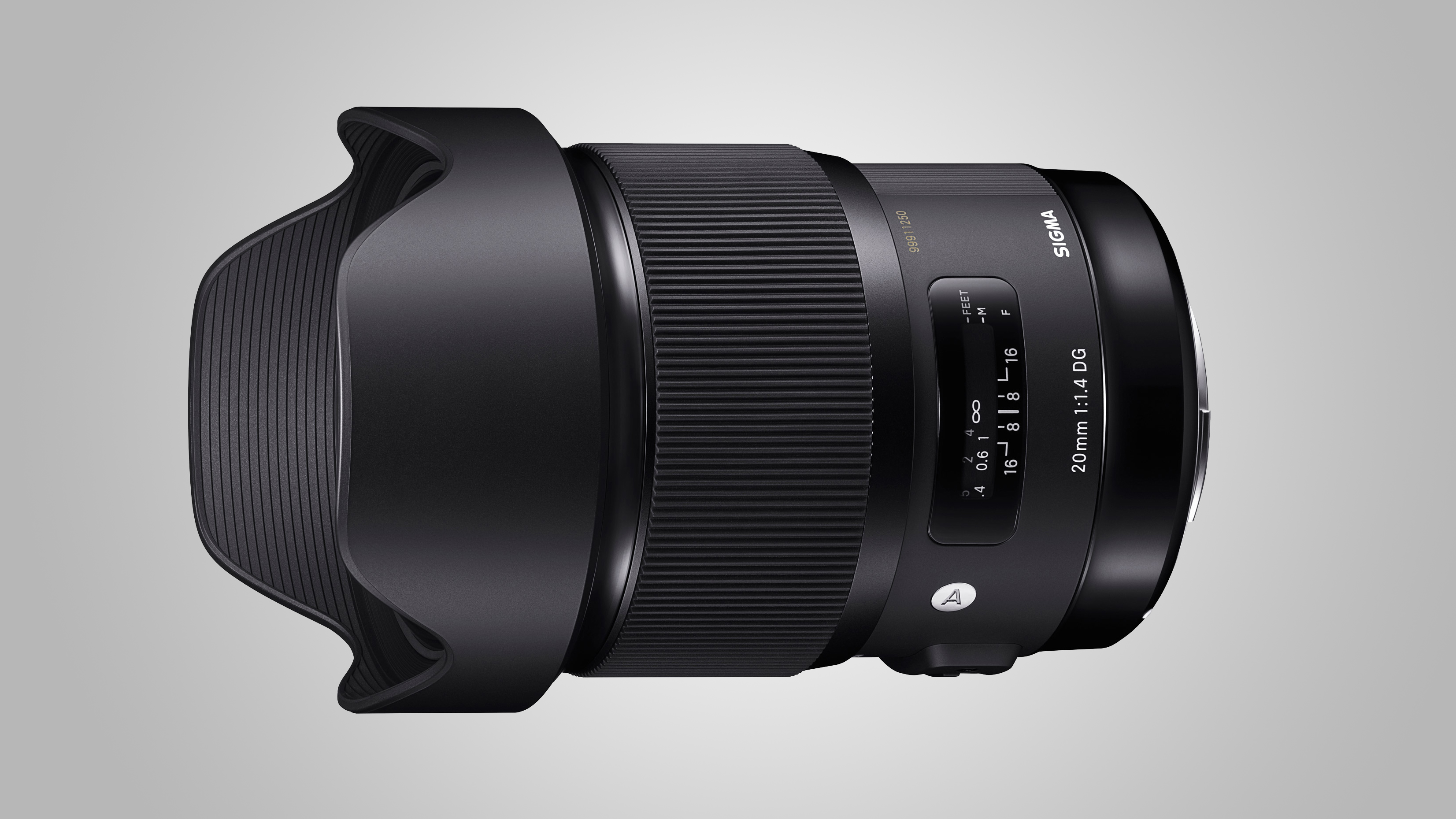
Wide-angle prime: Sigma 20mm f/1.4 DG HSM | A
Specifications
Reasons to buy
Reasons to avoid
Another option from Sigma's beautiful 'Art' range. These lenses deliver excellent image quality along with a fast aperture range. The 20mm f/1.4 option is the widest f/1.4 the company currently offers (though there is a 14mm f/1.8). It's ability to combine such a wide aperture with a short focal length makes it ideal for a number of different applications. You get no compromises with the design quality, while image quality is superb. The downsides? It's big and chunky, but it really delivers.
Great-value option: Irix 15mm f/2.4 Firefly
It lacks autofocus, but this is a fabulous manual-focus lens that’s beautifully built and a real joy to use. The ‘Blackstone’ edition adds a couple of extra luxuries, but the Firefly is unbeatable value.

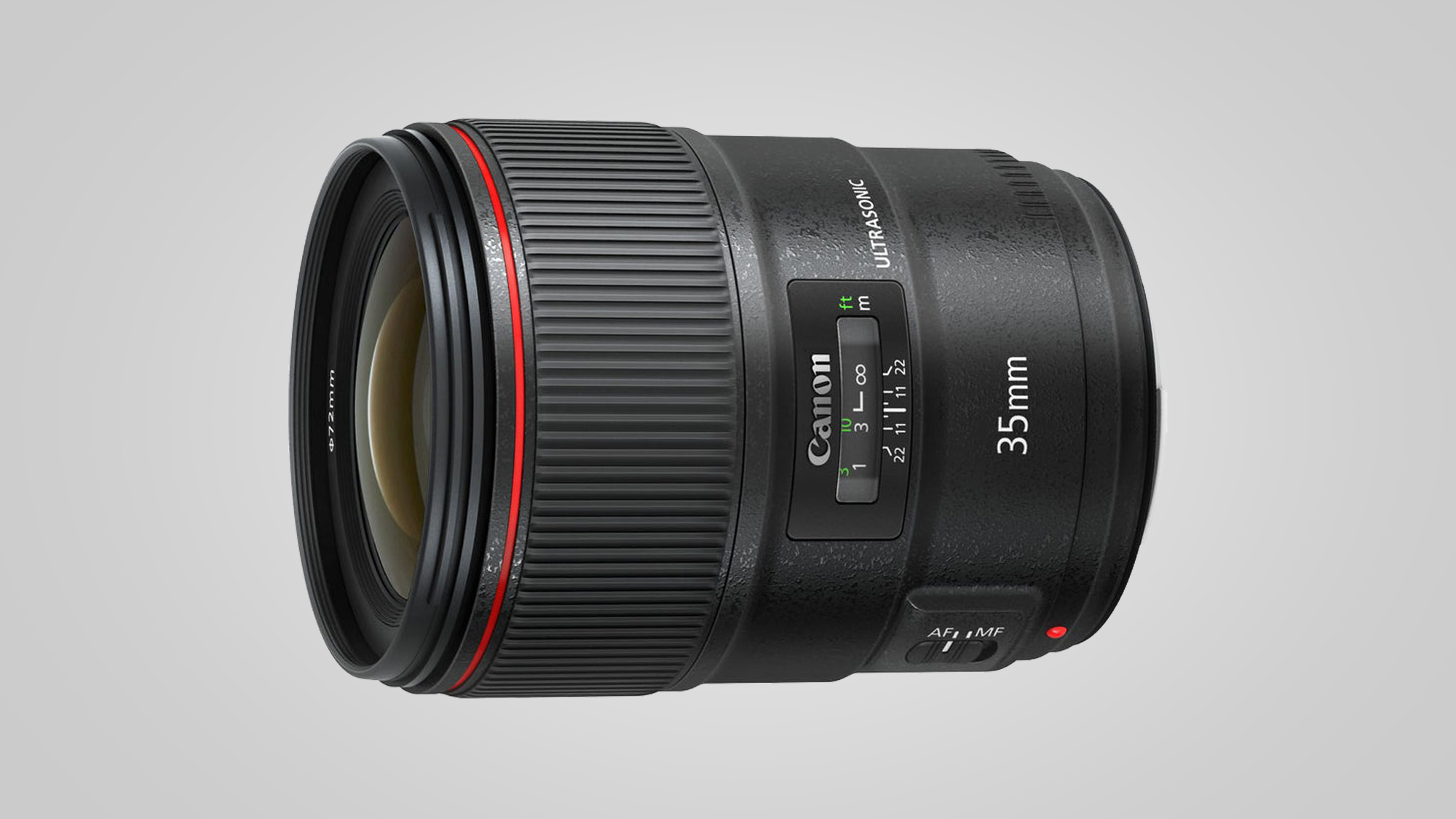
Money no object wide-angle prime: Canon EF 35mm f/1.4L II USM
Specifications
Reasons to buy
Reasons to avoid
Canon’s standard prime effort is a fantastic example of its type. It’s a substantial improvement on the Mark I, and returned stellar results in our tests. The lens uses Blue Spectrum Refractive optics, which Canon claims minimizes chromatic aberration, and it’s fair to say that, even at f/1.4, we struggled to pick out any purple fringing in our images. We also found images at f/1.4 exceptionally sharp, making this a fantastic lens whatever kind of light you’re shooting in. This lens isn’t just about the sharp bits, of course – shoot wide open and you’ll find gorgeous bokeh thanks its nine-blade aperture mechanism.
Focus comes swiftly and accurately thanks to the USM motor, and the EF 35mm f/1.4L II USM benefits from top-notch weather sealing – we had no hesitation taking it out in poor weather, which means this is a lens for all occasions and virtually all branches of photography.
Can you justify it? It costs more than Canon’s legendary EF 24-70mm f2.8L II USM zoom, which gives you a much broader choice of compositions from a single standpoint. Of course, the 35mm f/1.4L II gives you a massive two stops more aperture, significantly broadening the times of day and conditions you can use it. An obvious lens for wedding and event photography, and a great one for the wish list of everyone else.

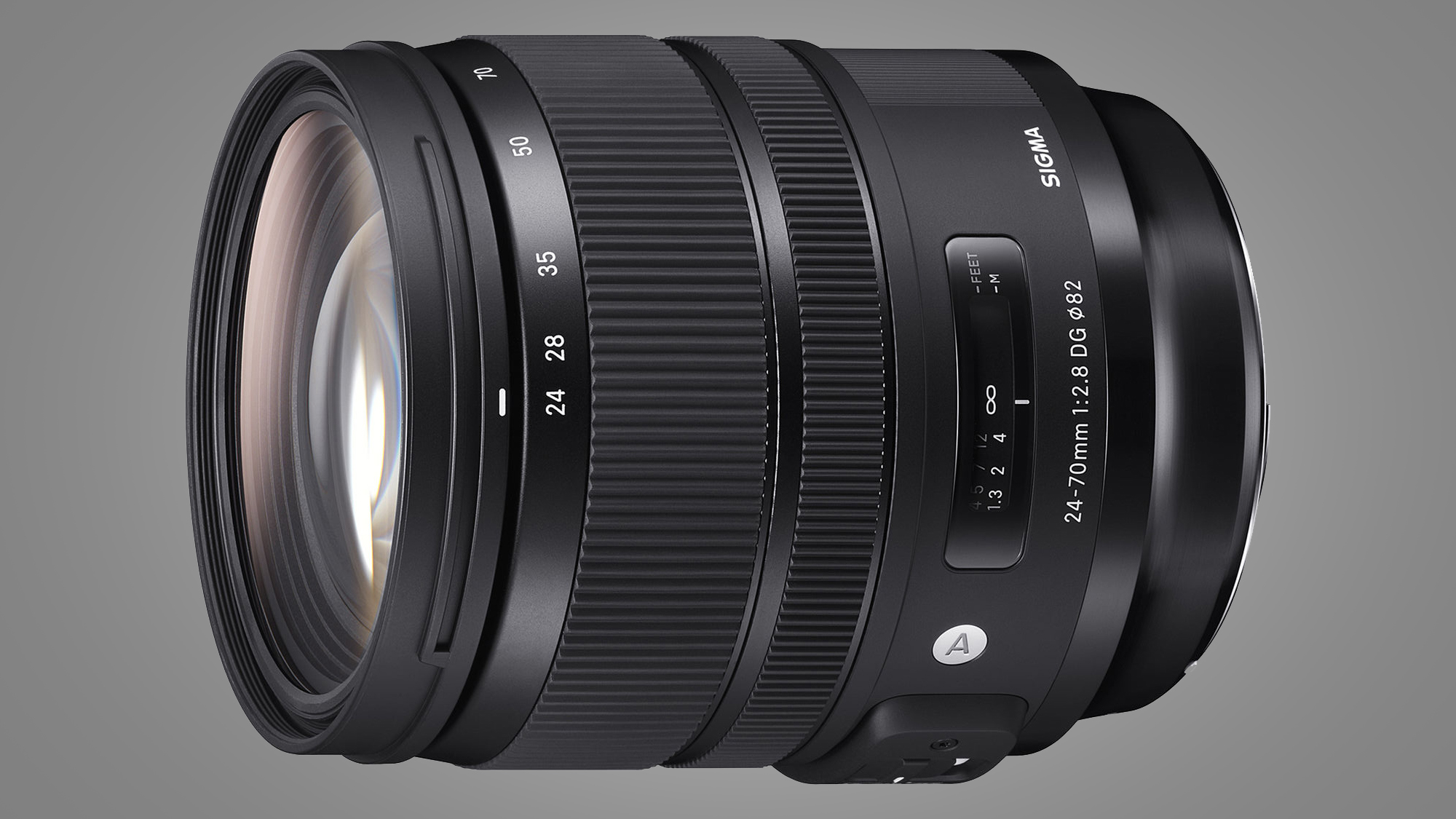
Standard zoom: Sigma 24-70mm f/2.8 DG OS HSM | A
Specifications
Reasons to buy
Reasons to avoid
The Canon EF 24-70mm f/2.8L II USM is the standard zoom lens of choice for most leading professional Canon photographers, who are intent on sticking with own-brand kit. For the rest of us, this Sigma Art lens represents much better value, at little more than half the price. Despite being much less expensive to buy, the Sigma has similarly tough build quality and features a weather-seal on its mounting plate. It actually beats the Canon lens by adding an optical stabilizer, which has a useful 4-stop effectiveness.
Another bonus is the three-position autofocus switch which can give priority to autofocus or manual override. In the latter, you can apply manual override of autofocus in continuous AF mode, and without waiting for autofocus to lock on before making manual adjustments. Typical of Sigma’s Art lenses, image quality is superb. Sharpness is excellent throughout the zoom range, even when shooting wide-open, while bokeh is pleasantly smooth. Also like most of Sigma’s recent lenses, automatic in-camera corrections for the likes of peripheral illumination, color fringing and distortion are available.
Great-value option: Tamron SP 24-70mm f/2.8 Di VC USD G2
The second generation (G2) edition of Tamron’s 24-70mm lens is another great buy at the price and, like the Sigma, adds effective image stabilization which is lacking in the own-brand Canon lens. However, in-camera corrections are unavailable with the Tamron.

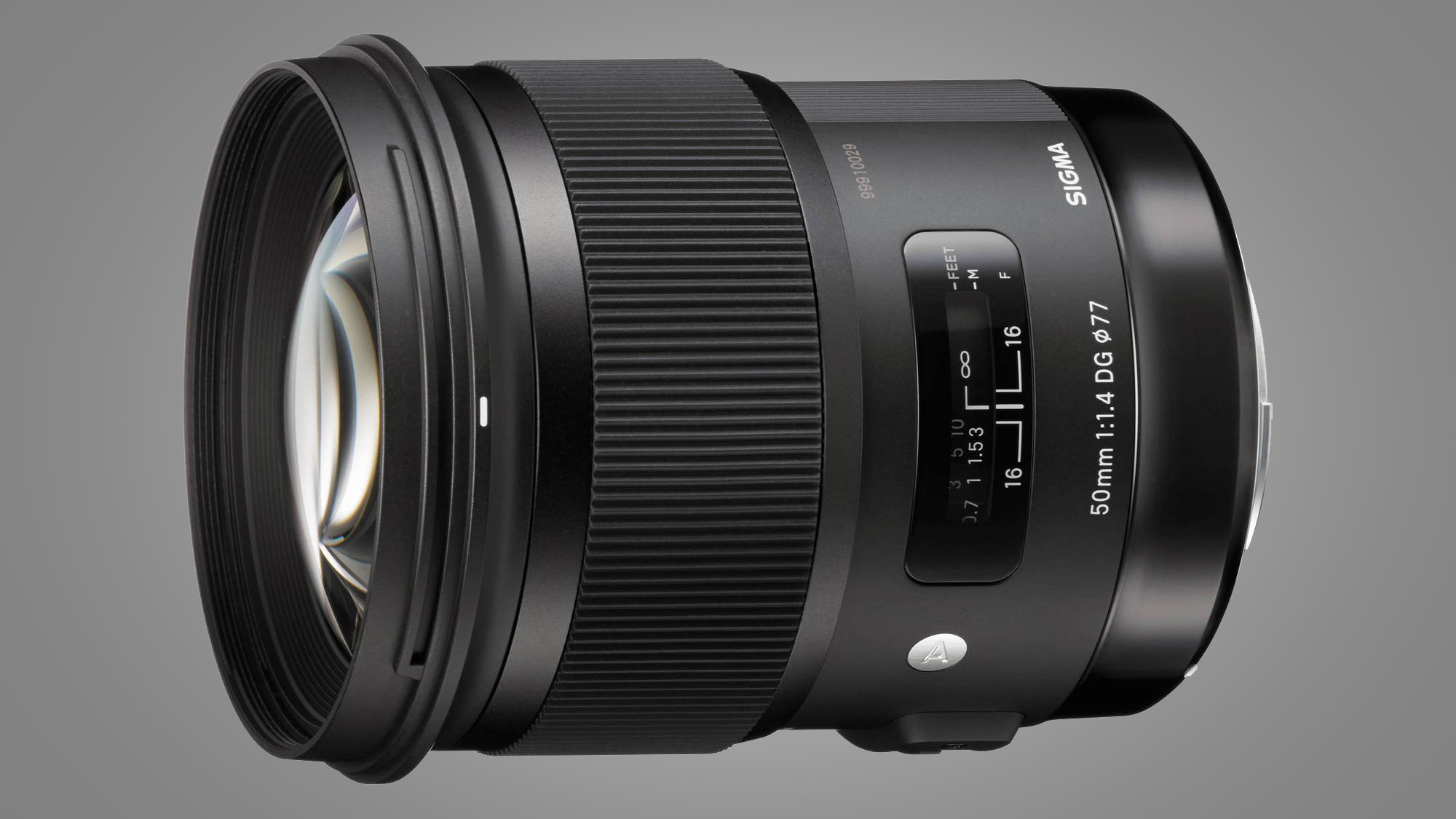
Standard prime: Sigma 50mm f/1.4 DG HSM | A
Specifications
Reasons to buy
Reasons to avoid
Sigma’s old 50mm f/1.4 lens had a reputation for being big and bulky, but this newer Art lens from the company’s Global Vision line-up is comparatively huge. On the plus side, the large, weighty build is due to there being absolutely no compromise in image quality, which is where the emphasis of this lens firmly lies.
Superb image quality combines fabulous corner-to-corner sharpness, even when shooting wide-open at f1/4, along with beautifully soft and creamy bokeh (the quality of defocused areas). The well-rounded 9-blade diaphragm helps to maintain high-quality bokeh when stopping down a little. Resistance to ghosting and flare is very good and the lens does well to keep color fringing and distortion to a minimum. For a standard prime, it blows Canon’s EF 50mm f/1.4 USM out of the water.
Great-value option: Canon EF 50mm f/1.8 STM
Both our real-world shooting experiences and lab tests prove that this humble, entry-level lens is better than Canon’s pricier f/1.4 version. For the price, you really can't go wrong.

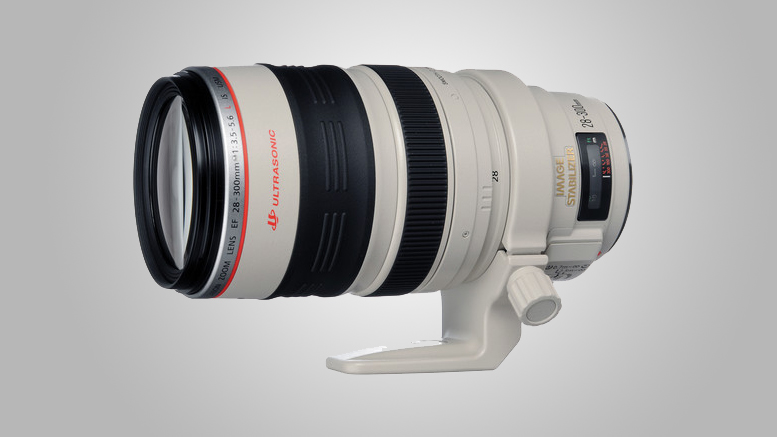
Superzoom: Canon EF 28-300mm f/3.5-5.6L IS USM
Specifications
Reasons to buy
Reasons to avoid
One of the classic reasons for buying a superzoom lens is for holiday and travel photography. The advantage being that you only need to carry one lens with you but still be prepared for lots of different situations. On the whole, those lenses are relatively compact and lightweight - in other words they're ideal for travelling. This is not one of those cases. This is Canon's only full-frame superzoom and to be blunt, it's built like a batteship. In other words, it's huge and it weighs 1.6kg - it's more than twice as heavy as Tamron's 28-300mm full-frame superzoom which competes with it. However, the reason we've included this option is down to fantastic image quality - something which can often be lacking from a superzoom. The main reason to consider this lens is for event photography, where you might need to quickly switch between different focal lengths without the hassle of changing optics.
Great-value option: Tamron 28-300mm f/3.5-6.3 Di VC PZD
This superzoom is much more manageable to handle - not to mention much less expensive - than Canon's option. With pretty good overall image quality, the compromise here is with basic build quality and fairly average focusing.

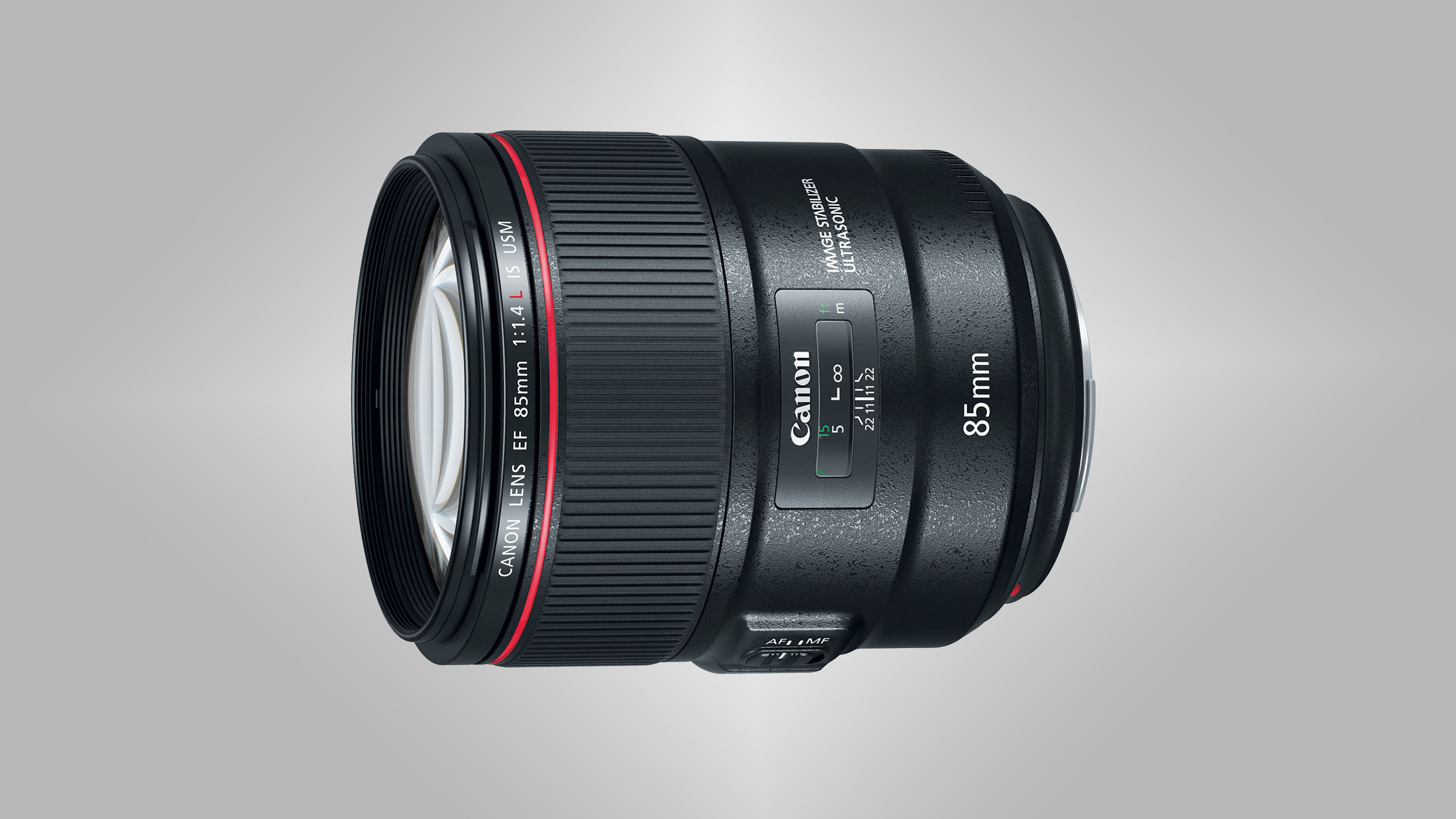
Portrait prime: Canon EF 85mm f/1.4L IS USM
Specifications
Reasons to buy
Reasons to avoid
Many times, you'll find that you're forced to choose between a really fast aperture range, or image stabilization. However, with the 85mm f/1.4L IS USM you get both - along with excellent build quality, stunning image quality and top-notch all-round performance. Sharpness is superb right into the corners of the frame - even when shooting wide open. You also get high-quality bokeh, which is as smooth, creamy and rich as you'd like to hope for from a portrait lens.
Read our in-depth Canon EF 85mm f/1.4L IS USM review
Great-value option: Canon EF 85mm f/1.8 USM
On the other end of the budget scale, the 85mm f/1.8 option isn't the fastest lens, and it's not image stabilized either. However, if you're looking for something which combines good sharpness and high-contrast with soft and dreamy bokeh, it's a great value option.

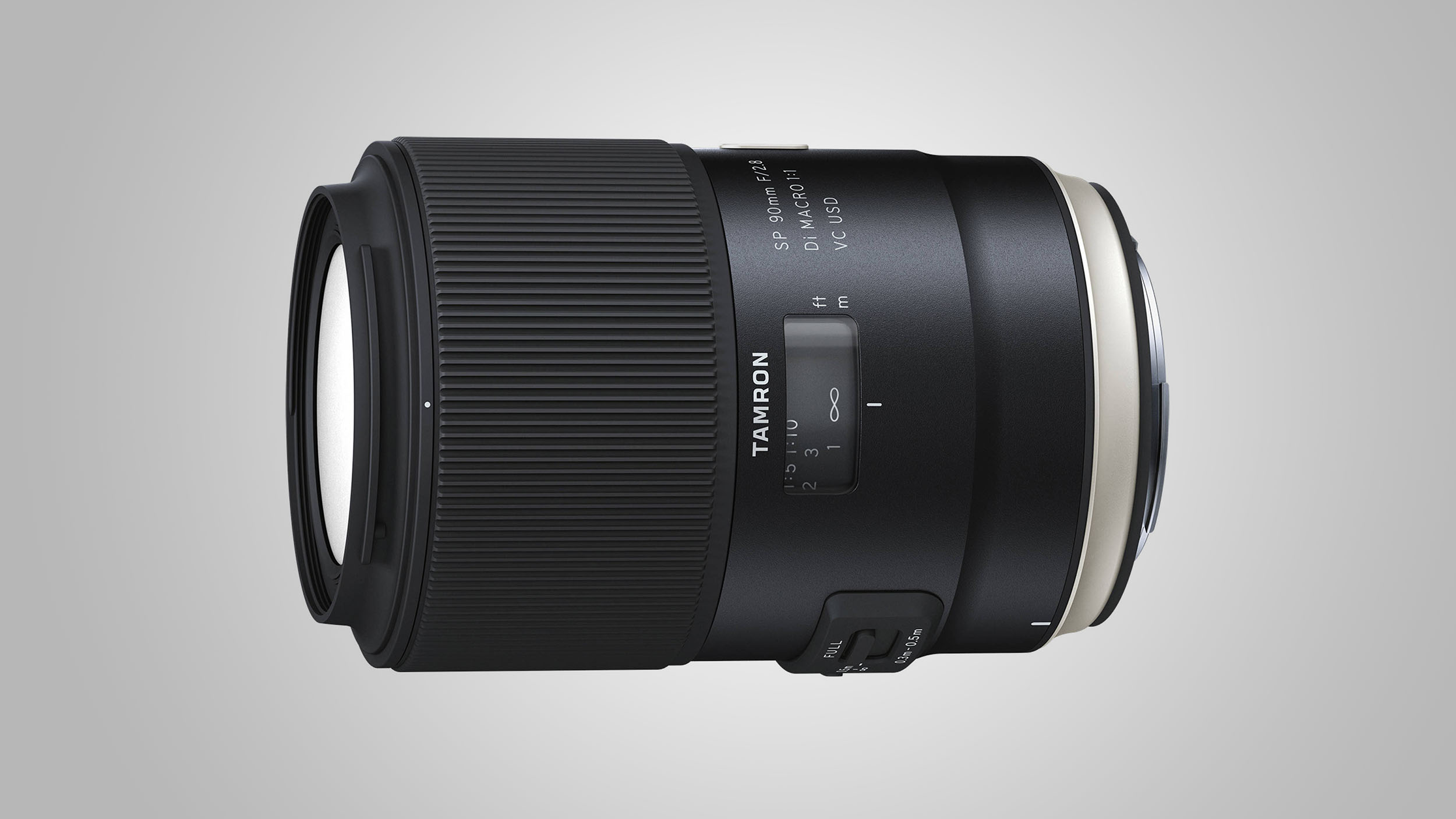
Macro prime: Tamron SP 90mm f/2.8 Di VC USD Macro
Specifications
Reasons to buy
Reasons to avoid
The latest edition of this Tamron classic undercuts Canon’s range-topping EF 100mm f/2.8L Macro IS USM for price, yet goes toe-to-toe in terms of features and specifications. Indeed, the feature list includes a revolutionary hybrid optical stabilization system, which can counteract shift in the vertical and horizontal axes, as well as angular vibration or wobble – this was the Canon’s main claim to fame when it was launched, prior to the arrival of the Tamron competitor. The hybrid stabilization performs better in handheld close-up shooting, but you’ll still need a portrait lens for ultra-close macro shots.
Great-value option: Sigma 105mm f/2.8 EX DG OS HSM Macro
It lacks the Tamron’s hybrid stabilization system and weather seals, but has refined handling and delivers superb image quality.

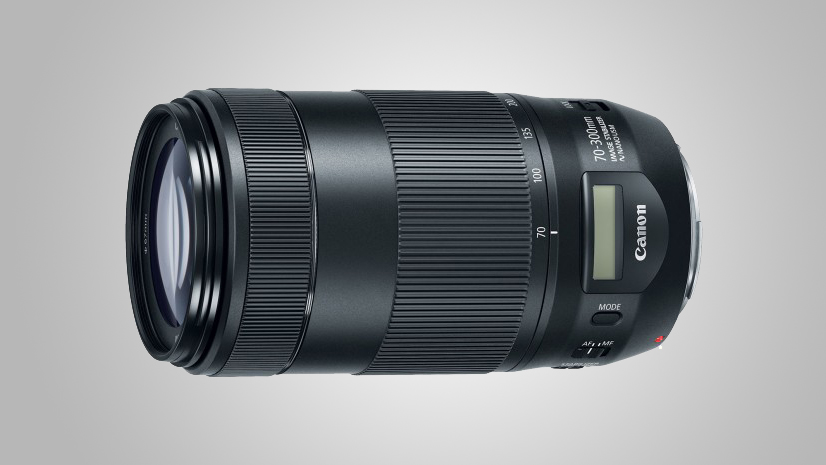
Budget telephoto zoom: Canon EF 70-300mm f/4-5.6 IS II USM
Specifications
Reasons to buy
Reasons to avoid
Coming to the market in early 2017, the Mark II version of Canon's original 70-300mm IS USM lens is a great choice for anybody who needs a long focal length - such as wildlife, sports and axtion photographers. The speedy Nano USM autofocusing system is nice and quiet in operation, while the image stabilizer has a four-stop rating. Best of all, images are sharp, with great contrast - even when shooting with wide apertures in the mid-to-long section of the zoom range. For extra neatness, there's a useful digital display on the lens barrel.
To save some money on Canon products, check out our Canon discount codes.
Great-value option: Tamron SP 70-300mm f/4-5.6 Di VC USD
This lens is not only our top pick for APS-C format cameras thanks a great performance and an affordable price, this Tamron lens is also a great shout for full-frame bodies. It's not a whole let cheaper than the Canon lens - but you do get a lens hood included in the price.

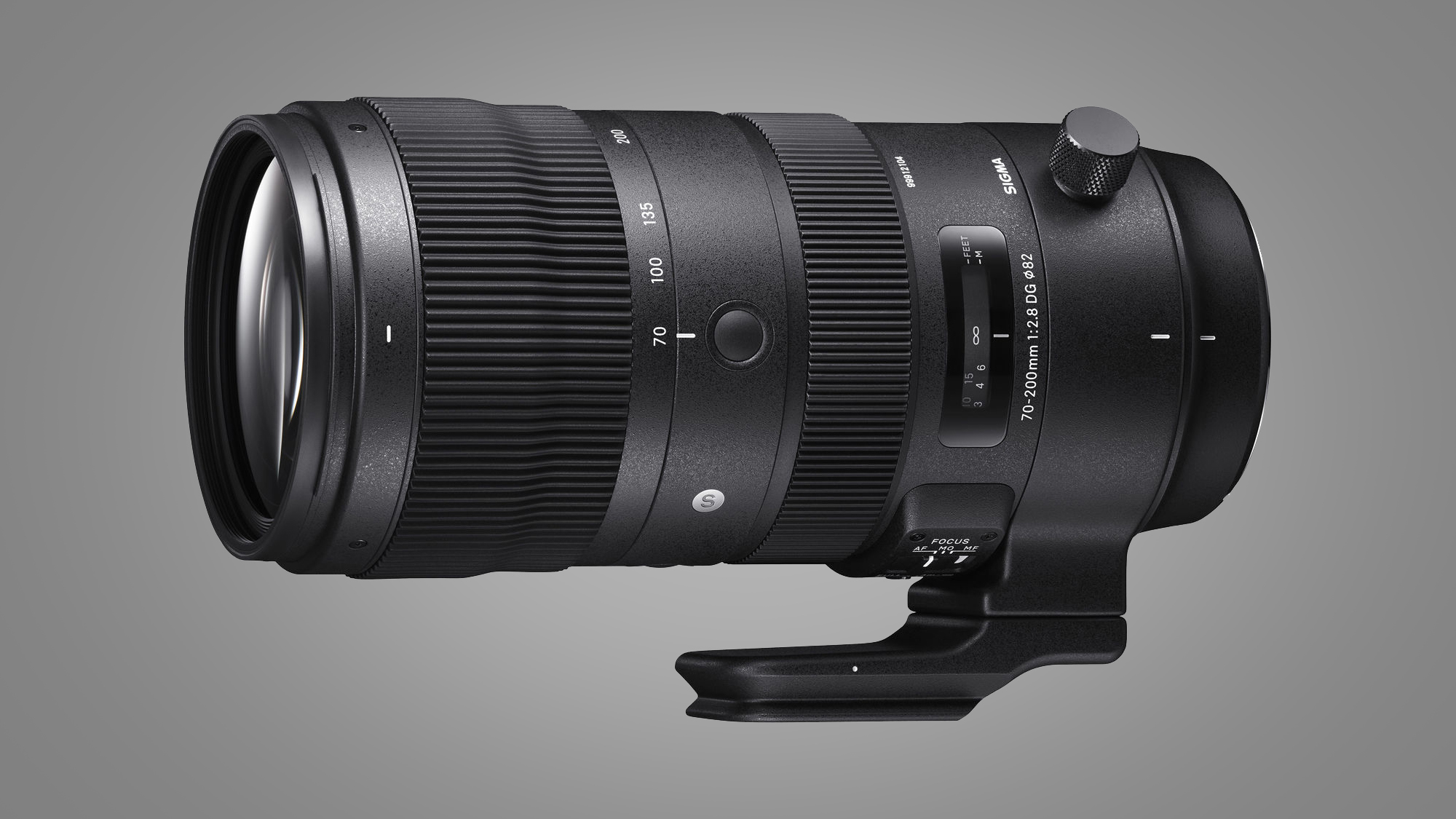
Fast telephoto zoom: Sigma 70-200mm f/2.8 DG OS HSM | S
Specifications
Reasons to buy
Reasons to avoid
The latest incarnation of Canon’s EF 70-200mm f/2.8L IS III USM lens is only a very minor update over the previous Mark II edition. By contrast, Sigma’s 70-200mm Sports lens is a giant leap forward, compared with its predecessor, and only costs around two-thirds the price of the Canon. Highlights include dual switchable autofocus modes, giving priority to either AF or manual override, an autofocus range limiter switch, and dual-mode switchable optical stabilization for static and panning shots, the latter working with any direction and orientation of panning. There are also two switchable ‘custom’ modes that you can set up with Sigma’s optional USB Dock, for example to alter the autofocus speed or to set how visible the stabilization effect is in the viewfinder.
Further handling bonuses include customizable AF-on/hold buttons around the barrel, between the zoom and focus rings. The lens is larger and heavier than most 70-200mm f/2.8 zooms but comes complete with the usual tripod mounting ring. This has an Arca-Swiss compatible foot, which is removable, but the ring itself and its stubby base can’t be removed to save space. Autofocus is incredibly fast and image quality is to die for. All in all, we feel it’s better than the latest Canon lens and much better value.

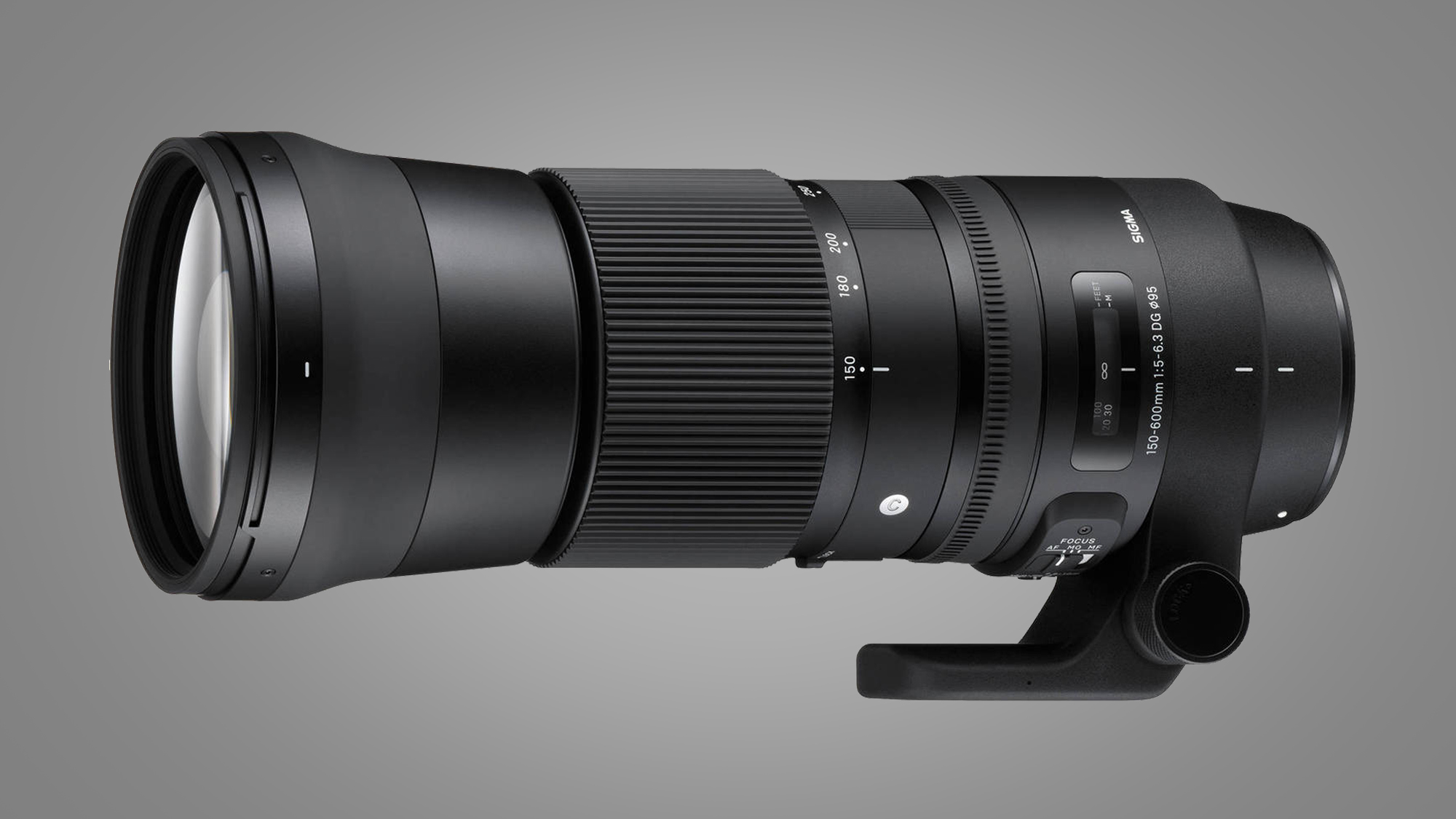
Super-telephoto zoom: Sigma 150-600mm f/5-6.3 DG OS HSM | S
Specifications
Reasons to buy
Reasons to avoid
Money no object, Canon’s EF 200-400mm f/4L IS USM Extender 1.4x lens with its built-in switchable tele-converter is a tempting buy but, while it boasts great image quality, it as an eye-watering five-digit asking price. This Sigma lens is less than a fifth of the price but is nevertheless very solidly built and has a raft of handling exotica. As with Sigma’s 70-200mm Sports lens, there’s dual-mode switchable autofocus and optical stabilization modes, plus an autofocus range limiter switch and dual custom modes which you can set up via Sigma’s optional USB Dock.
There’s no shortage of telephoto reach, with a mighty 600mm on tap, which works out to an even more exorbitant 960mm if you mount the lens on an APS-C format camera like the EOS 7D Mark II. Image quality is best-in-class for a 150-600mm lens but there’s no denying it’s a real heavyweight at nearly 3kg, making it about a kilogram heavier than Sigma’s sibling Contemporary lens.
Great-value option: Sigma 150-600mm f/5-6.3 DG OS HSM | C
The Contemporary version of Sigma’s 150-600mm super-tele zoom is only about half the price to buy and is substantially smaller and more lightweight. Image quality and robustness aren’t as impressive but it’s still a great value buy that’s comparatively easy to live with.

- 1
- 2
Current page: Best Canon lenses for full-frame DSLRs
Prev Page Best Canon lenses for APS-C DSLRsGet daily insight, inspiration and deals in your inbox
Sign up for breaking news, reviews, opinion, top tech deals, and more.